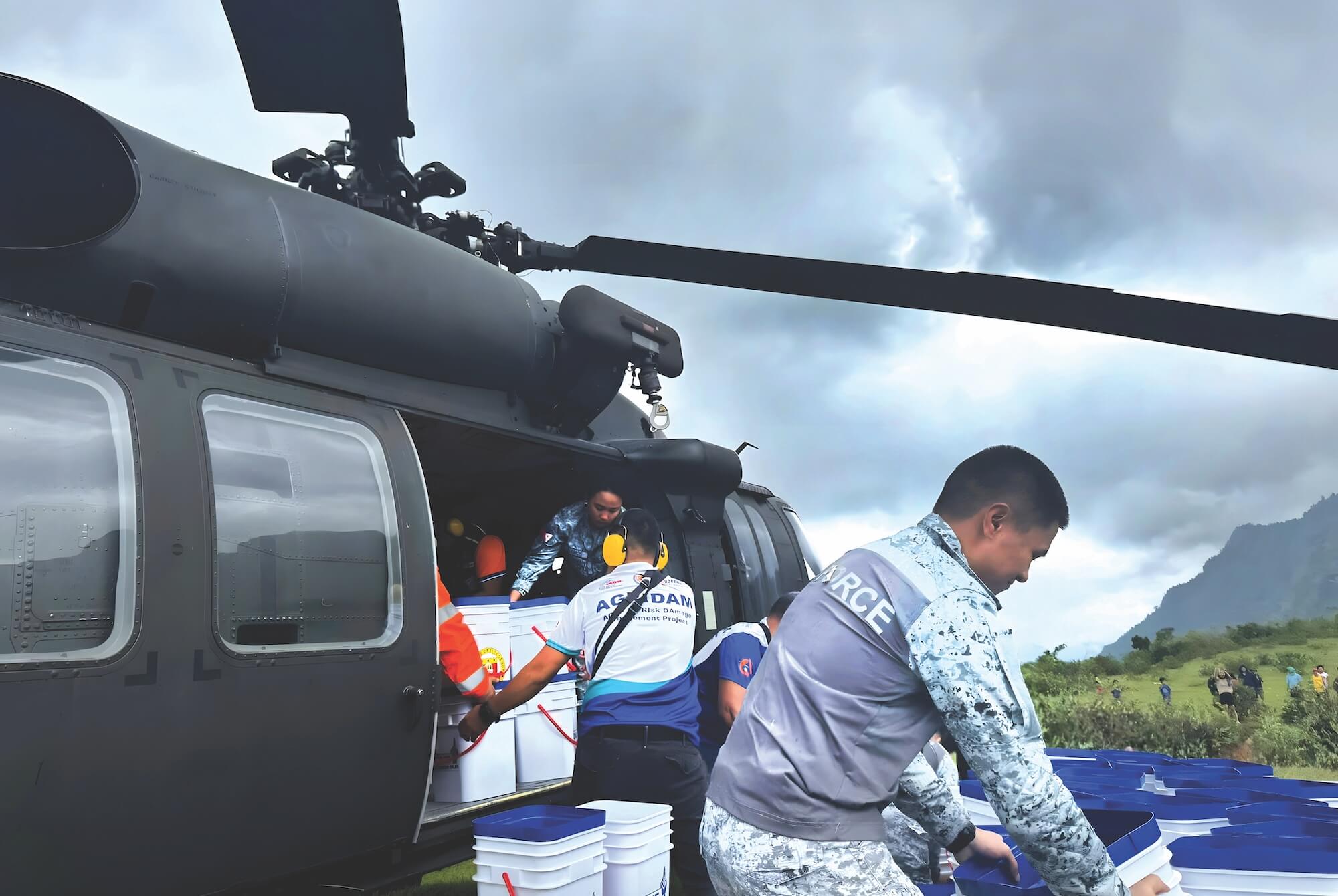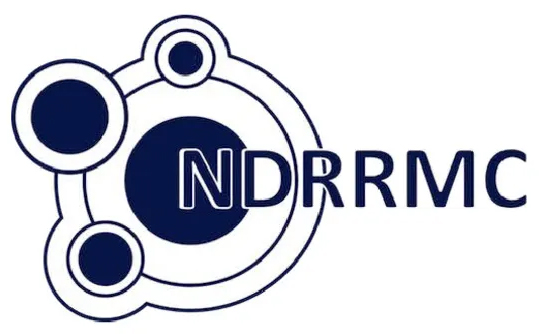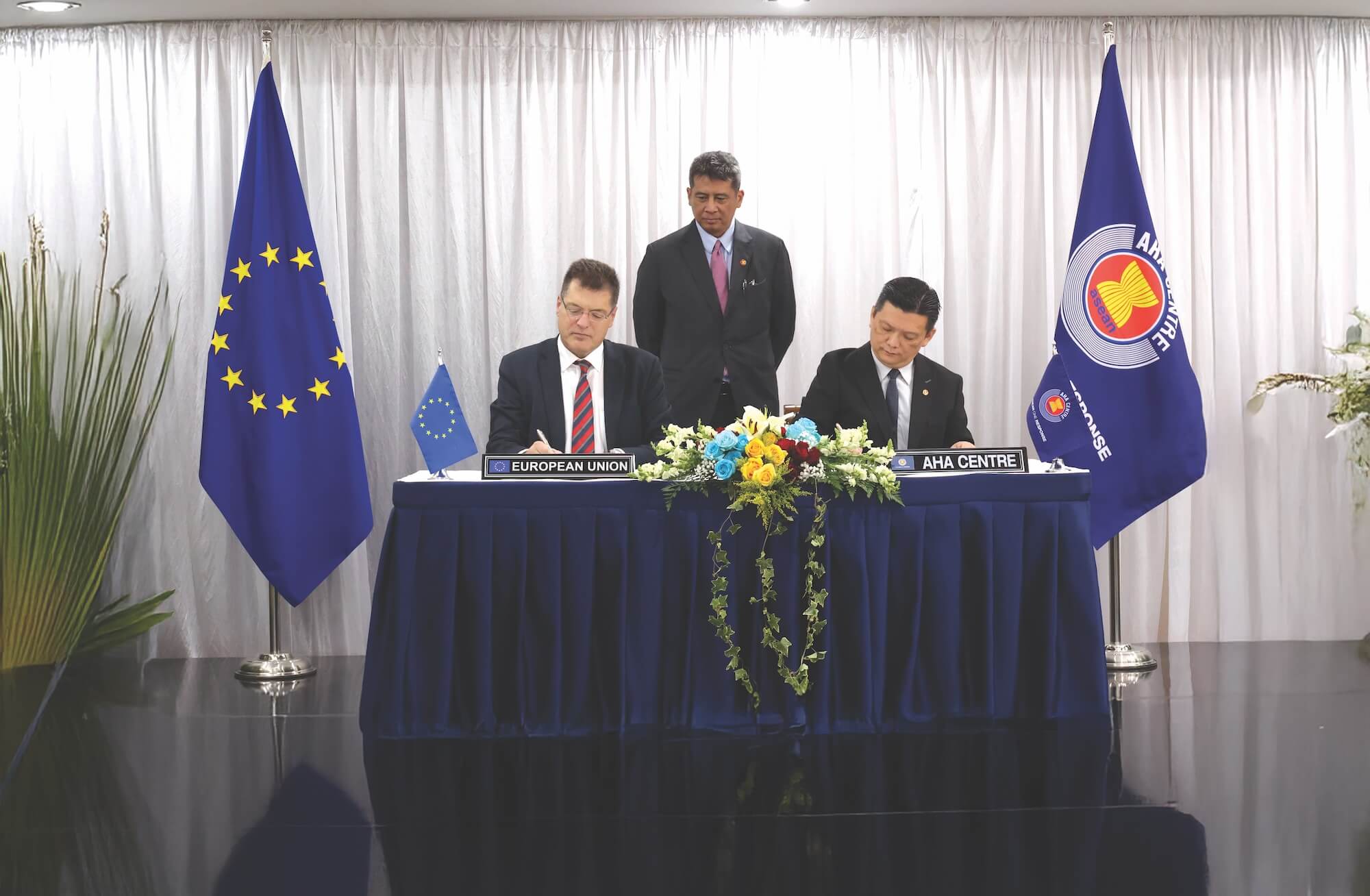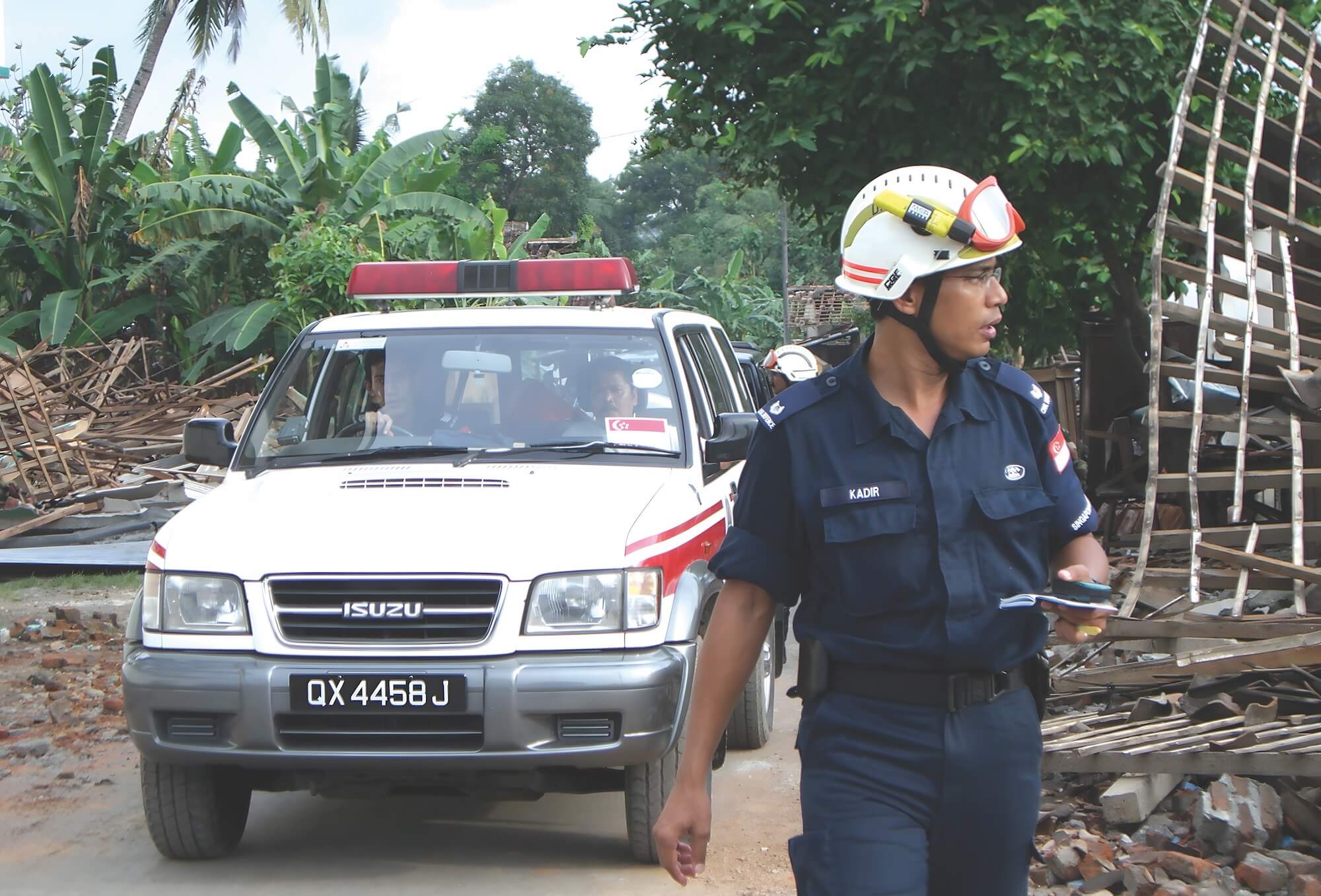




Drawing lessons learned from previous experiences in responding to major disasters, the Philippine Disaster Risk Reduction and Management (DRRM) system has shifted its policy focus from a relief-centric approach to a more proactive, holistic, and integrated disaster system. Informed by the global trends in addressing the adverse impacts of climate change and threats of hazards, the entry of the new millennium paved the way for various internationally accepted principles that served as a backbone for a sound national policy.
Perhaps the most notable of these is the ASEAN Agreement on Disaster Management and Emergency Response (AADMER). Ratified in July 2005 and taking effect on 24 December 2009 in the Philippines and the whole of ASEAN, the AADMER has since become the backbone that guides the further development of Philippine DRRM initiatives across the ASEAN region.
A shift in disaster management approach
The Philippines has long grappled with the challenge of disaster resilience. For decades, disaster response was viewed as the exclusive domain of government agencies and humanitarian organisations—reactive, centralised, and often slow to reach the grassroots. In recent years, a quiet yet powerful shift has been unfolding across the archipelago: the transition from top-down disaster response to community-centred preparedness. At the heart of this paradigm shift is a new guiding principle—Community-Based Disaster Risk Reduction and Management (CBDRRM).
The shift of the country’s DRRM focus to include CBDRRM initiatives ensures that disaster responses are not limited to the Philippine government’s purview. Thanks to the AADMER’s emphasis on CBDRRM, various Philippine civil society organisations (CSOs) were empowered to spearhead advocacies that drive the significance of sectoral representation and participation in disaster management. Some of these CSOs have formed networks in pursuit of CBDRRM as a unifying response to the increasing occurrences of severe and climate-change-related disasters in the Philippines.
With the enactment of Republic Act (RA) 10121, also known as the Philippine Disaster Risk Reduction and Management Act of 2010, the Philippines established a national mandate that aligns with the AADMER’s objective of promoting a comprehensive framework for CBDRRM.
RA 10121 institutionalises this commitment through the establishment of the National Disaster Risk Reduction and Management Council (NDRRMC)— the country’s highest policymaking and coordinating body for disaster risk reduction and management in the country. The Council is composed of representatives from government agencies, CSOs, and the private sector, underscoring the Act’s emphasis on a whole-of-society and inclusive approach. In particular, RA 10121 mandates the participation of four (4) CSO representatives and one (1) private sector representative in the NDRRMC, alongside the inclusion of the League of Barangays, League of Municipalities, League of Cities, and League of Provinces. Through this framework, all DRRM Councils across levels recognise the critical role of non-government stakeholders in building resilience and ensuring that disaster risk reduction and management strategies remain participatory, community-driven, and responsive to local needs.
Community action on the ground
In practice, CBDRRM in the Philippines takes many forms. In hazard-prone coastal barangays, fisherfolk now participate in evacuation planning and risk mapping exercises. In upland communities, indigenous knowledge is integrated into early warning systems. Women’s groups are organising local preparedness workshops. Youth volunteers are trained in basic life support and emergency response.
A compelling example worth highlighting is the proactive involvement of the Disaster Risk Reduction Network Philippines (DRRNetPhils), a community-based network. It is composed of various CSOs, members of the academia, and DRRM practitioners advocating for the formulation of a national law that integrates the importance, implementation, and government support of a comprehensive CBDRRM framework in the country. The advocacy campaign of the DRRNetPhils gained relevant traction with the onslaught of Typhoon Ketsana (local name “Ondoy”). On 26 September 2009, Ketsana poured down a month’s worth of rainfall (approximately 450mm) on Metro Manila and its surrounding provinces. It triggered the worst flooding in the area in almost 40 years. At its wake, Typhoon Ketsana caused a total of 137.8 billion Philippine pesos (approx. 2.4 billion US dollars) in damages to essential infrastructure and agriculture, affecting 9.3 million Filipinos with 710 deaths, 42 missing, and about 373,000 displaced.
In 2014, among the first responders in the aftermath of Typhoon Haiyan (local name “Yolanda”) were organised citizens’ groups on the ground that were not seriously affected by the typhoon. These groups and other non-governmental organisations from nearby locales were in the most affected areas of Leyte province a day after the typhoon hit. The immediate response illustrates civil society’s capacity to mobilise its resources after a disaster strikes. These community-driven initiatives may seem a stark contrast to the more structured and well-funded machinery of the government, but they can play a crucial role in disaster management. This decentralised approach has been proven effective during the recent calamities that struck the Philippines. During the onslaught of Typhoon Rai (local name “Super Typhoon Odette”) in late 2021 and the Taal Volcano Eruption of early 2020, barangay or village-level response mechanisms, including trained volunteers and pre-established evacuation centres, were critical in reducing civilian casualties and easing inter-agency emergency coordination.
Beyond the local context, the technical expertise of the NDRRMC (through the OCD) also took a more prominent role at the ASEAN level, especially during the tenure of the Philippines as Chair of the ASEAN Committee on Disaster Management (ACDM) in 2020. Reeling from heightened climate-related risks as well as the COVID-19 pandemic, the chairmanship of the Philippines steered the strategic direction of ASEAN’s DRRM framework to emphasise the importance of localising disaster resilience, advancing early warning systems, and strengthening CBDRRM initiatives across all ASEAN Member States. This culminated in the development of the AADMER Work Programme 2021-2025.
Nevertheless, implementation gaps remain, especially in geographically isolated areas in the Philippines. The Office of Civil Defense continues to address these gaps by improving localised access to DRRM funds, investing in digitalisation and digital infrastructure, and lobbying for legislation for long-term structural reforms. Notable is Senate Bill No. 205 and its proposed establishment of the Department of Disaster Resilience in the country. With these in view, and under the helm of the NDRRMC, CBDRRM in the country continues to evolve. From the AADMER to RA 10121, CBDRRM initiatives have since been structured into law, proactively enabled by institutions, and vitally sustained by local communities that remain at the forefront of Filipino resiliency.








